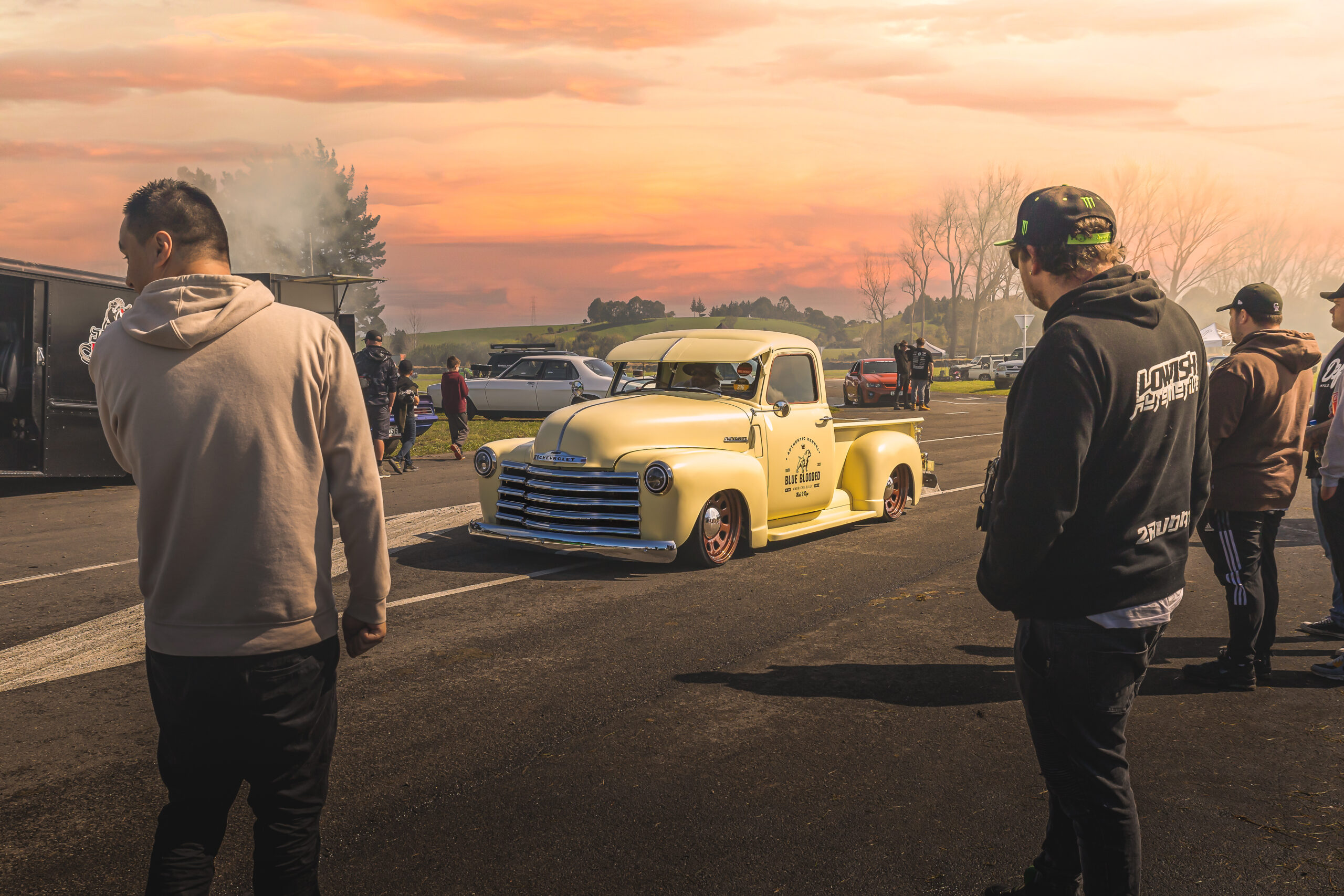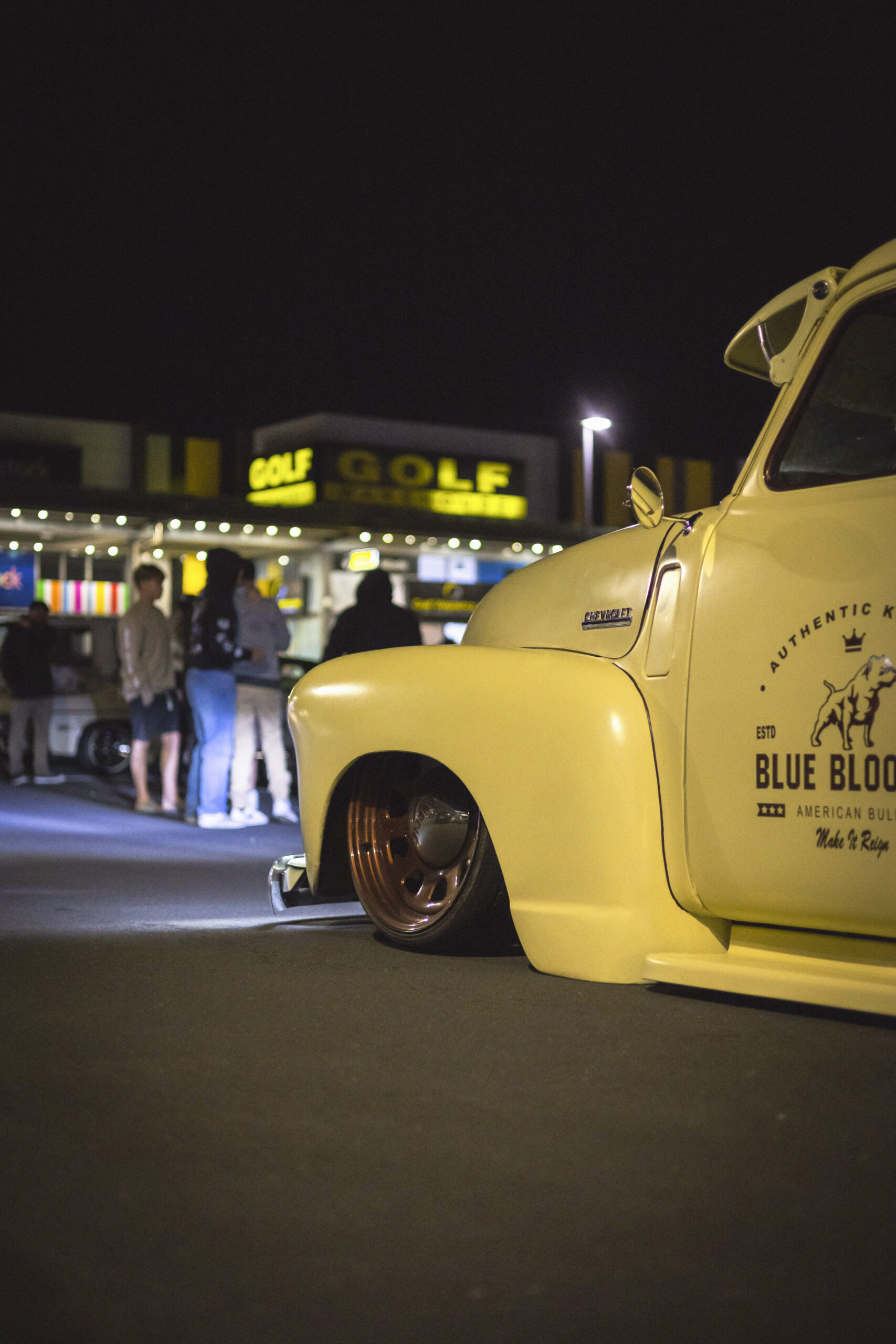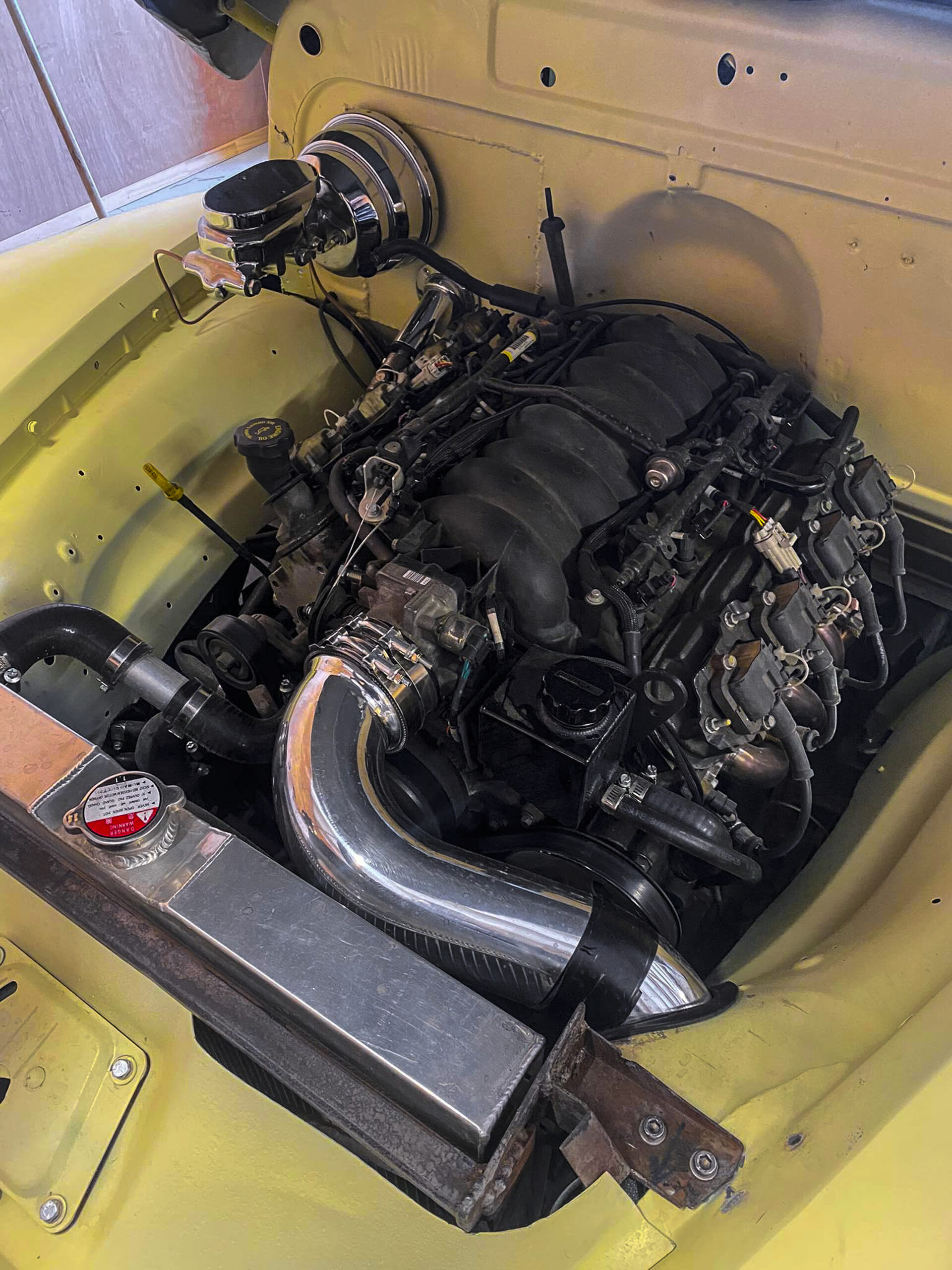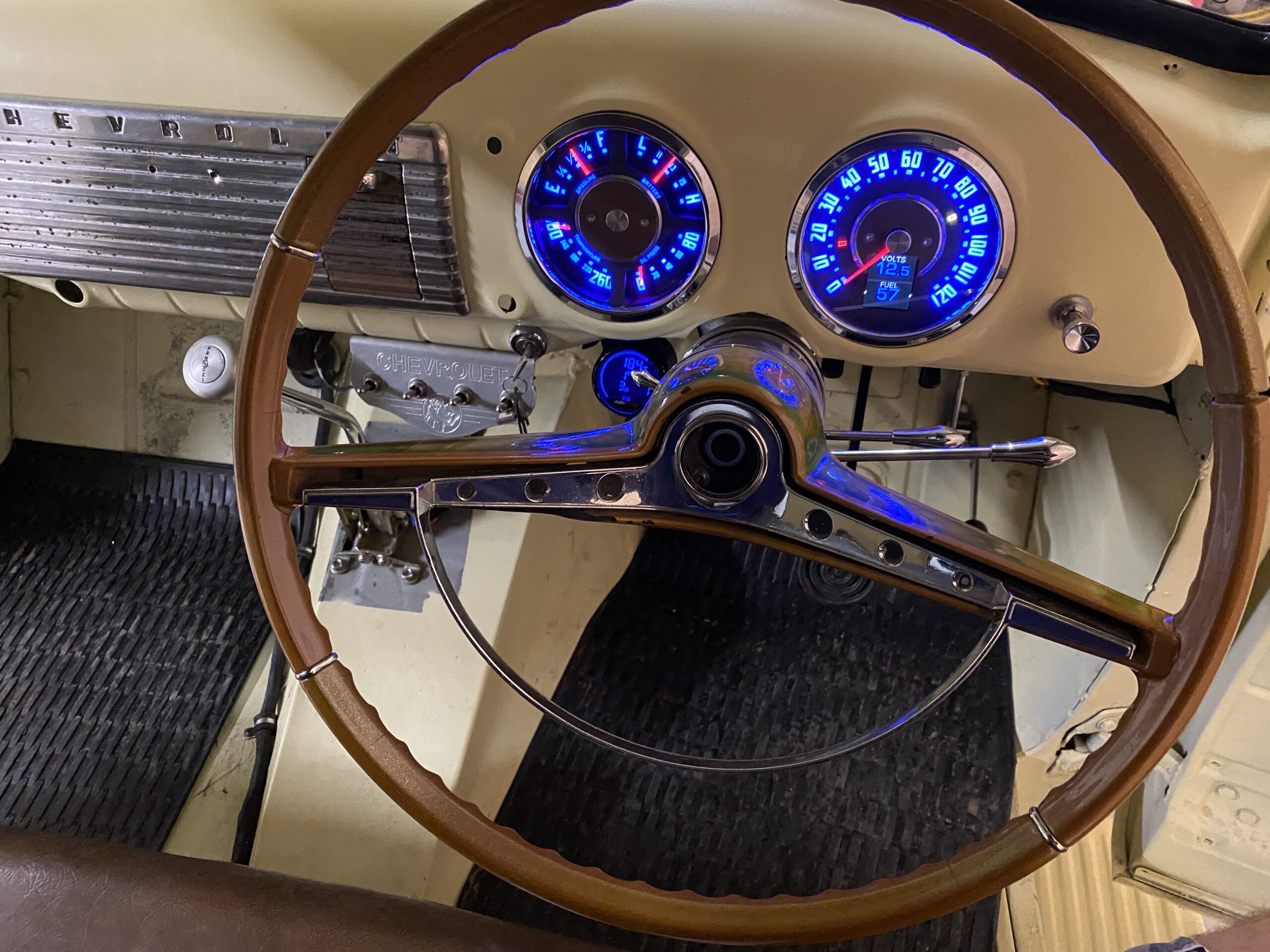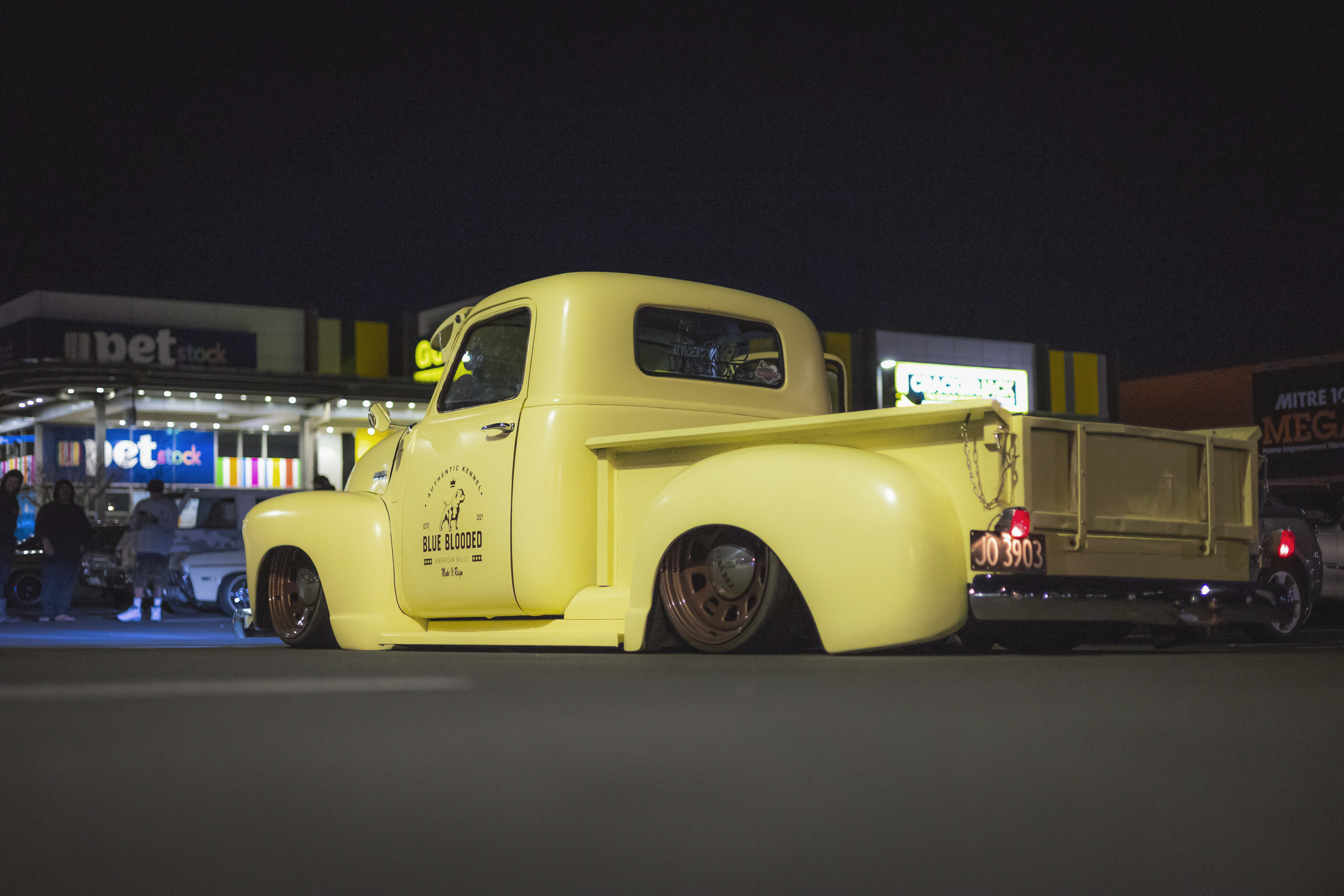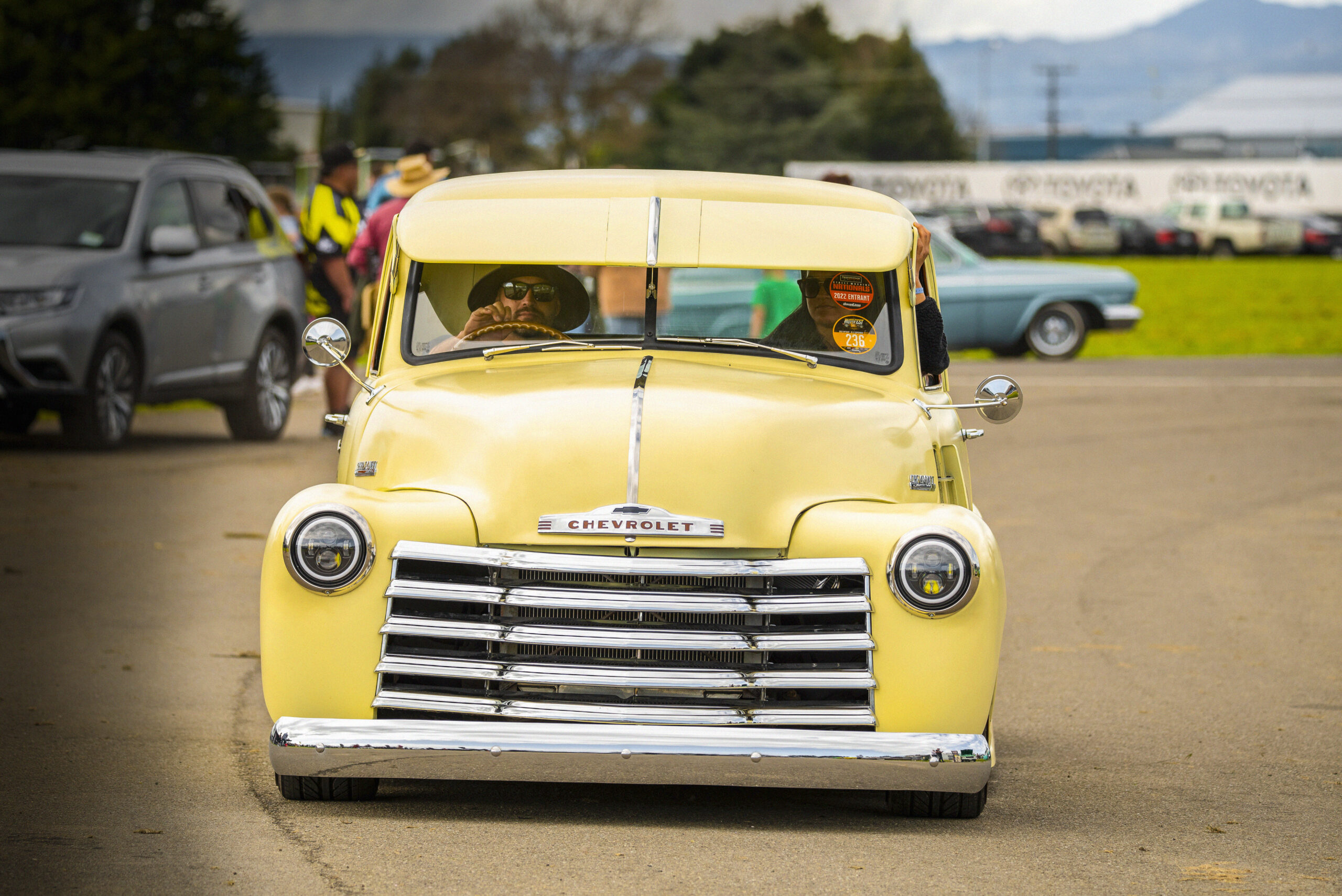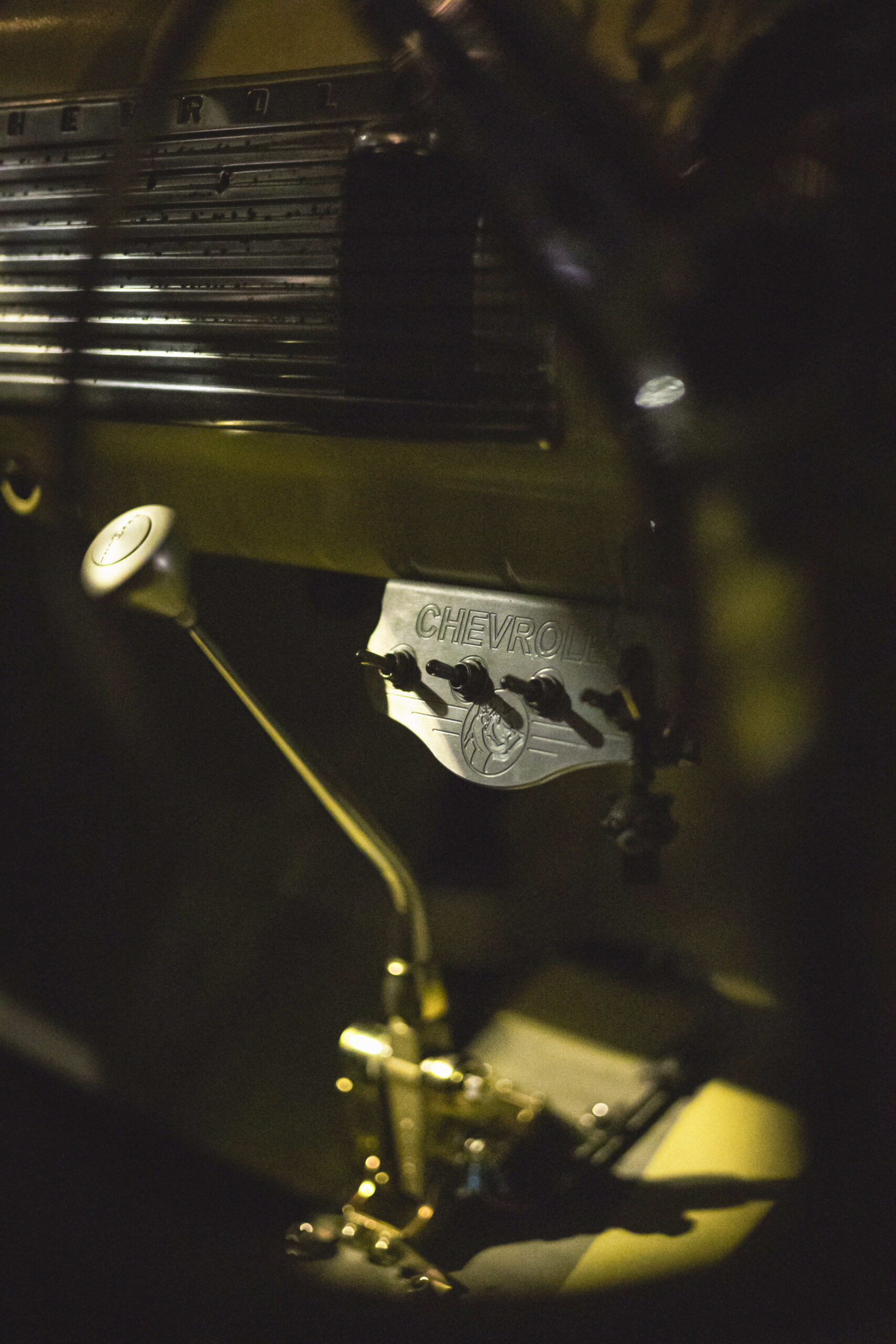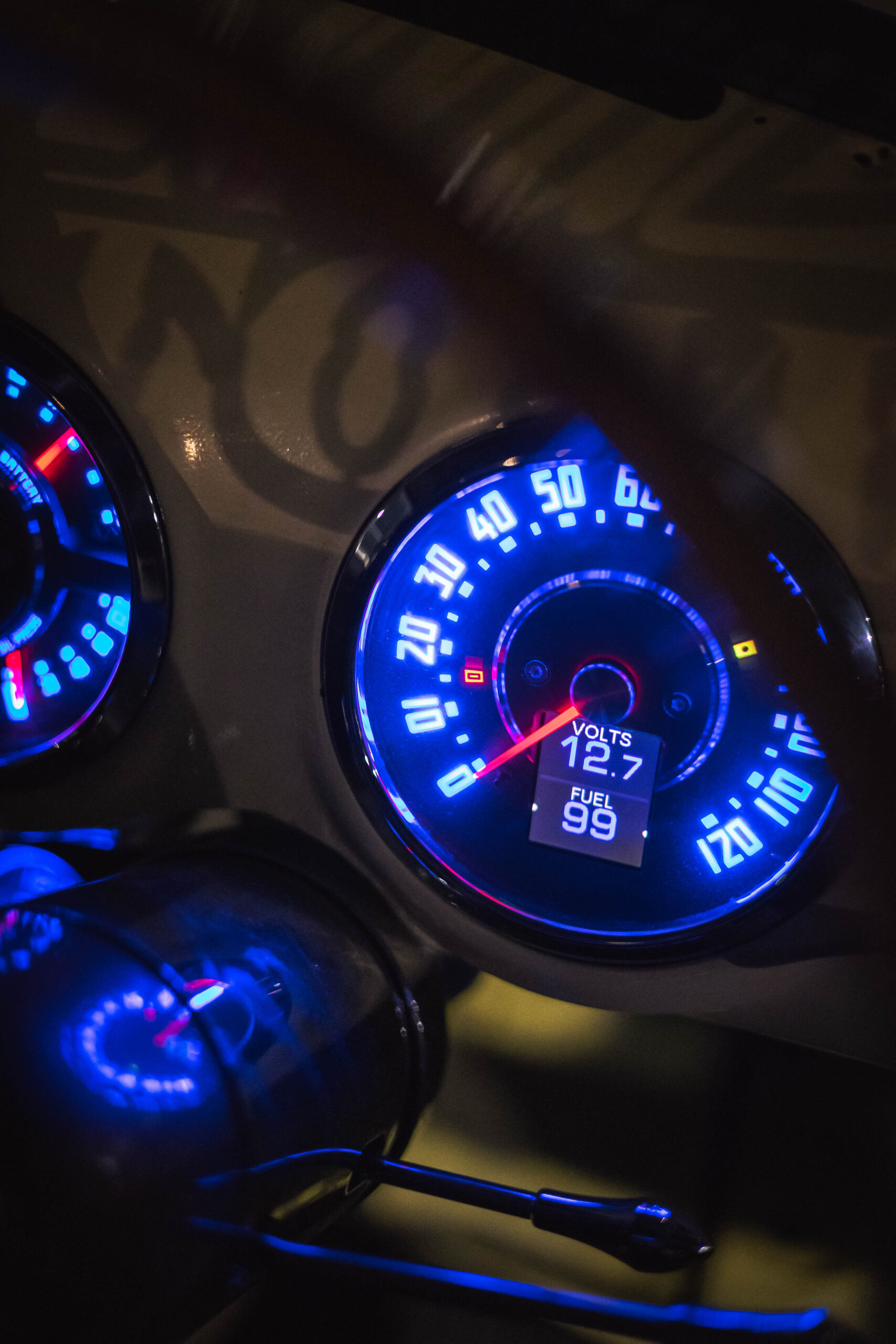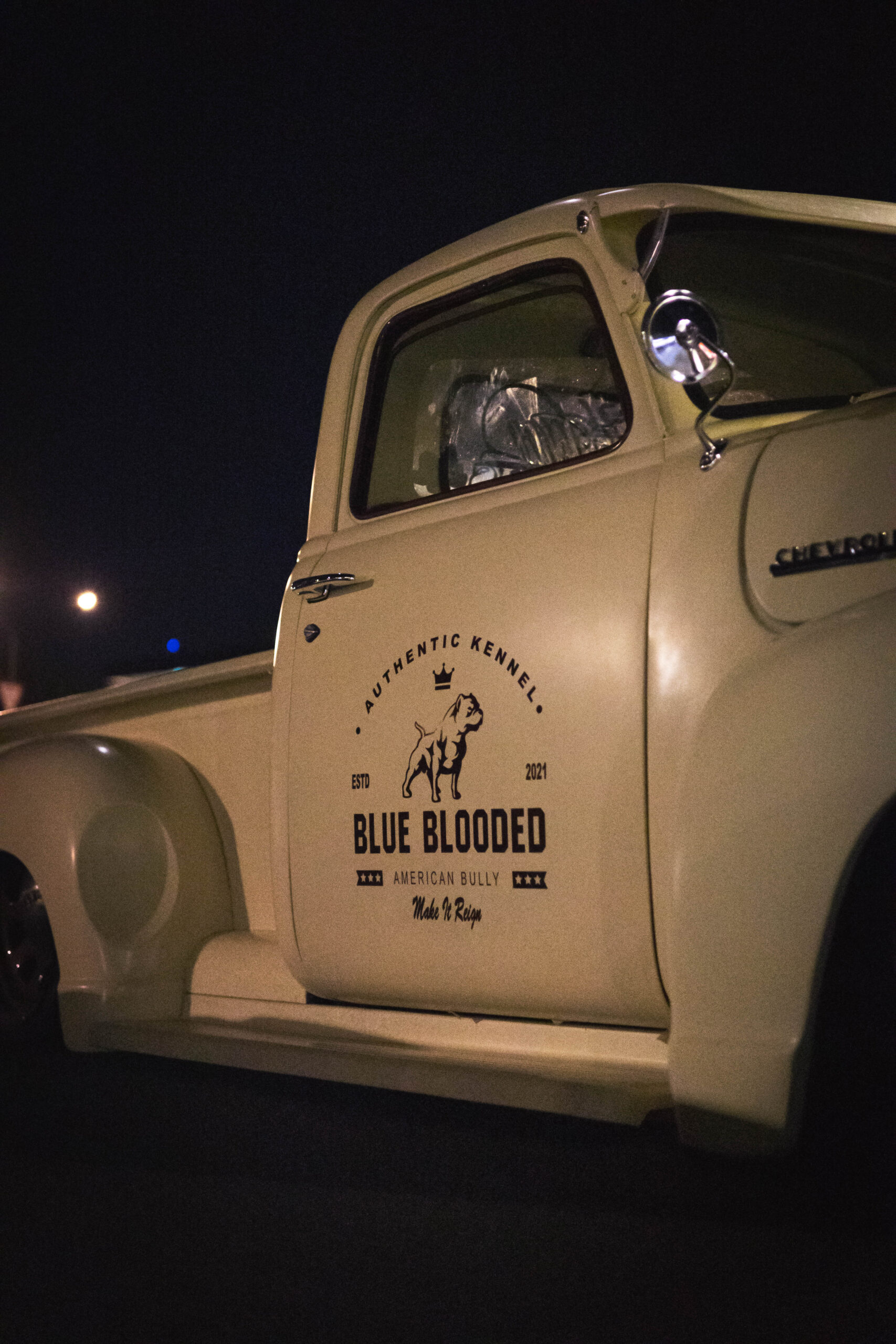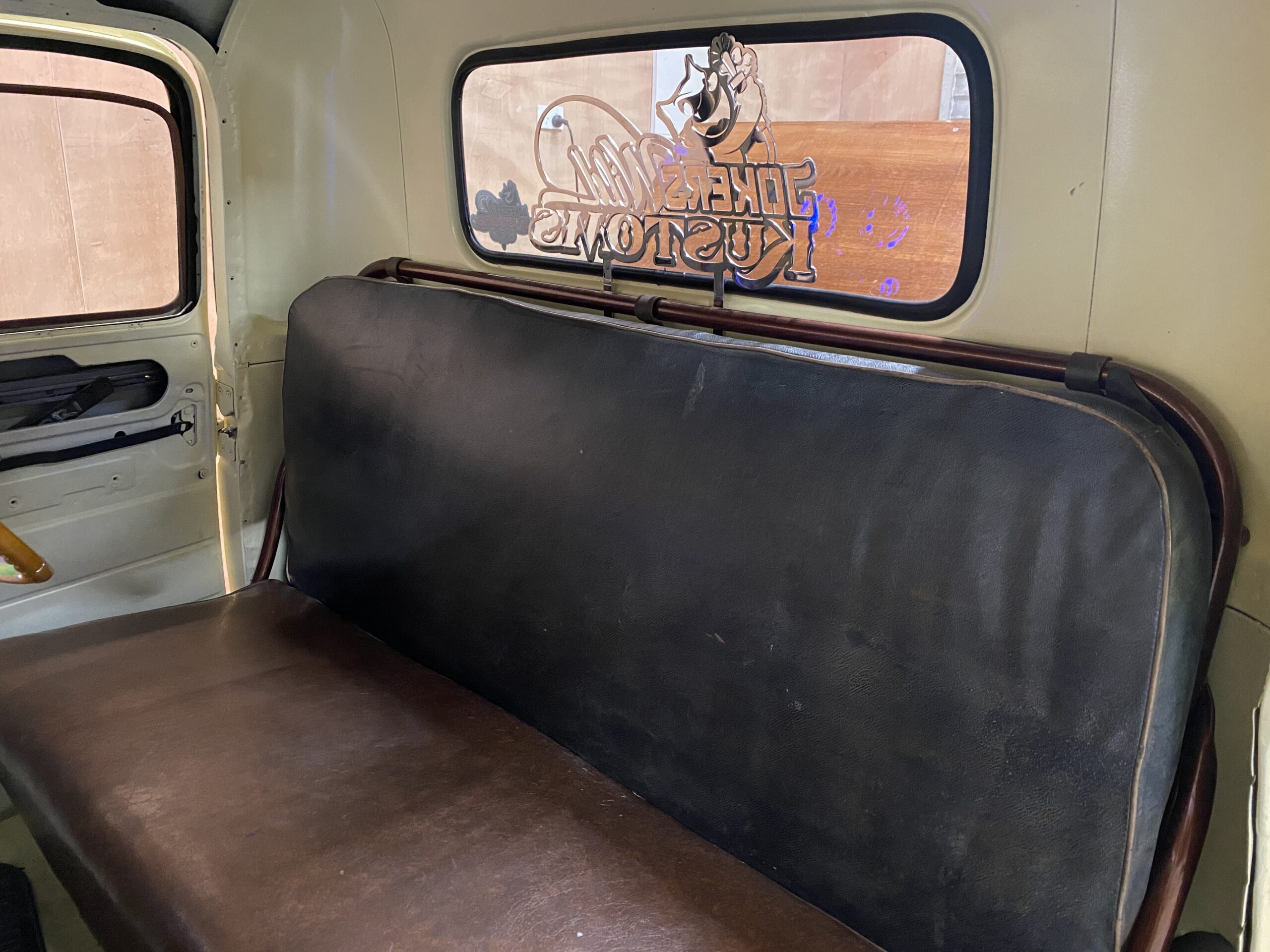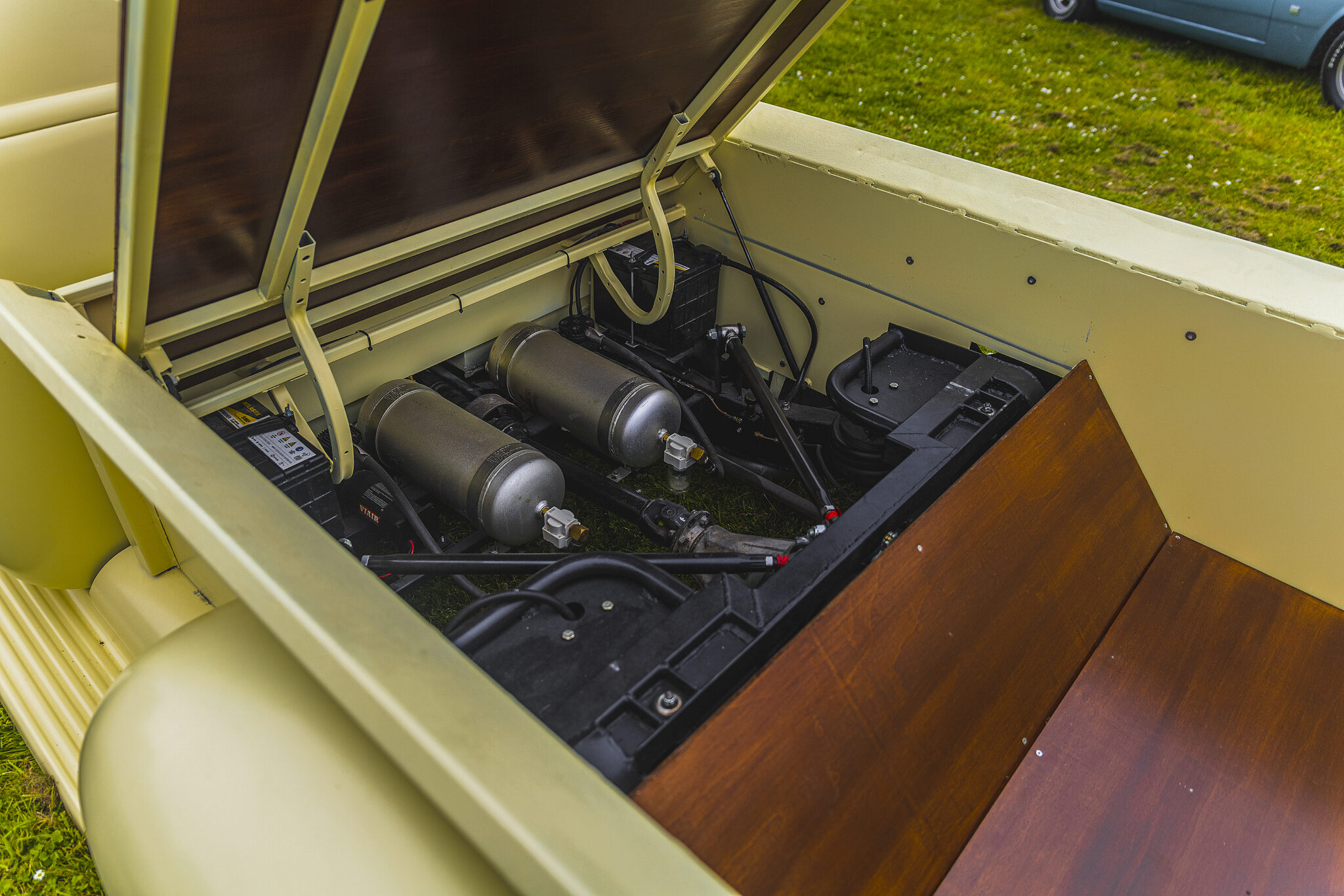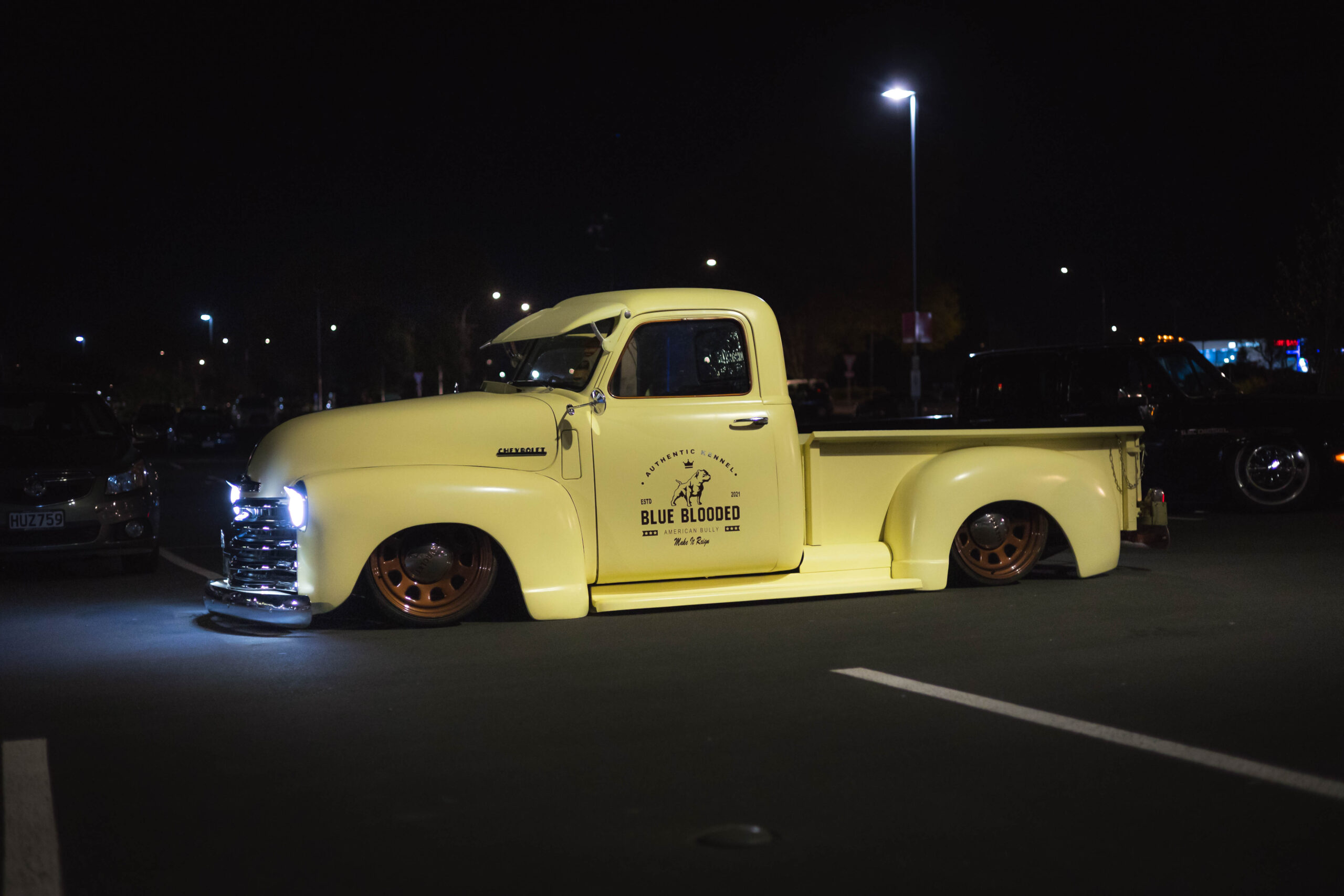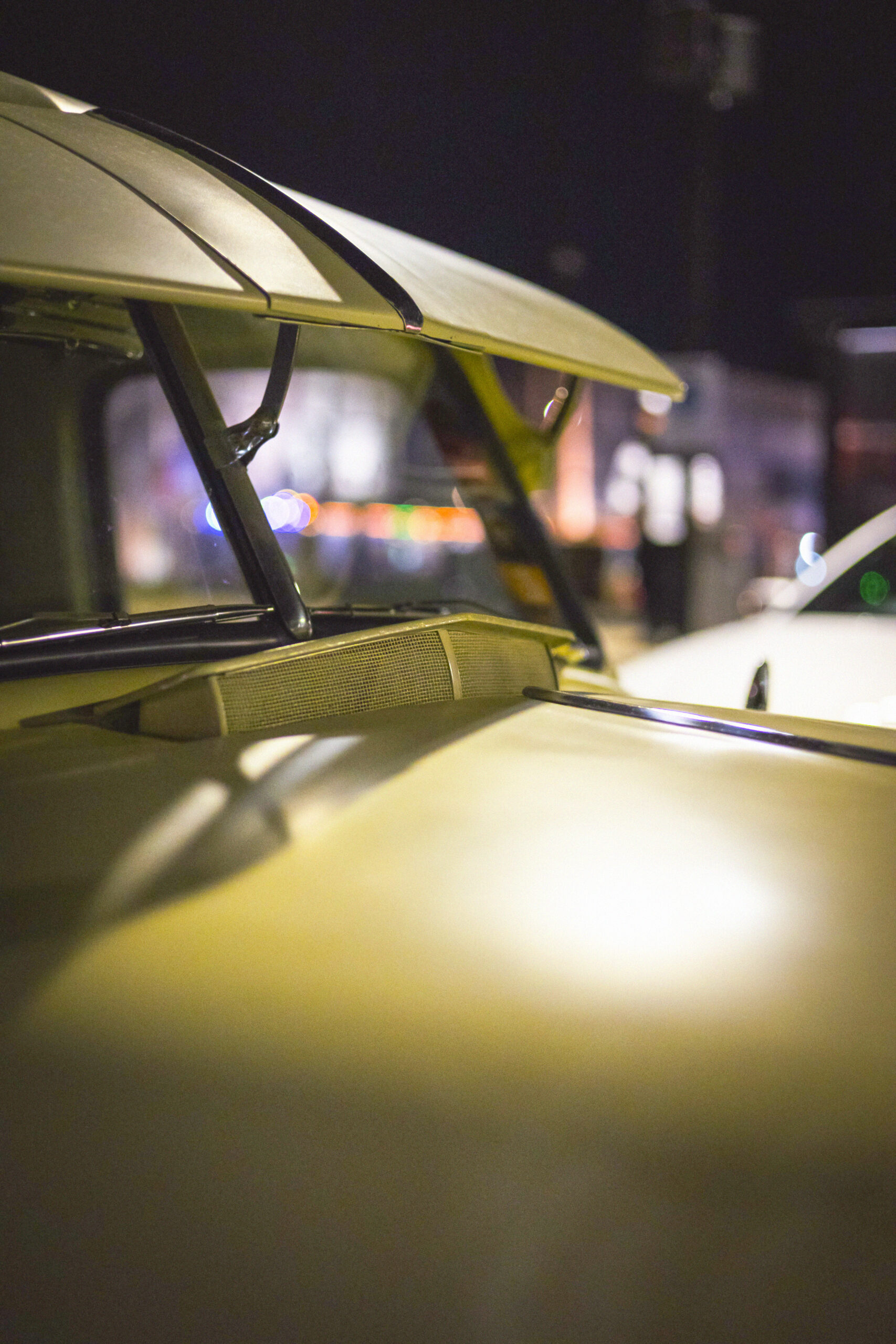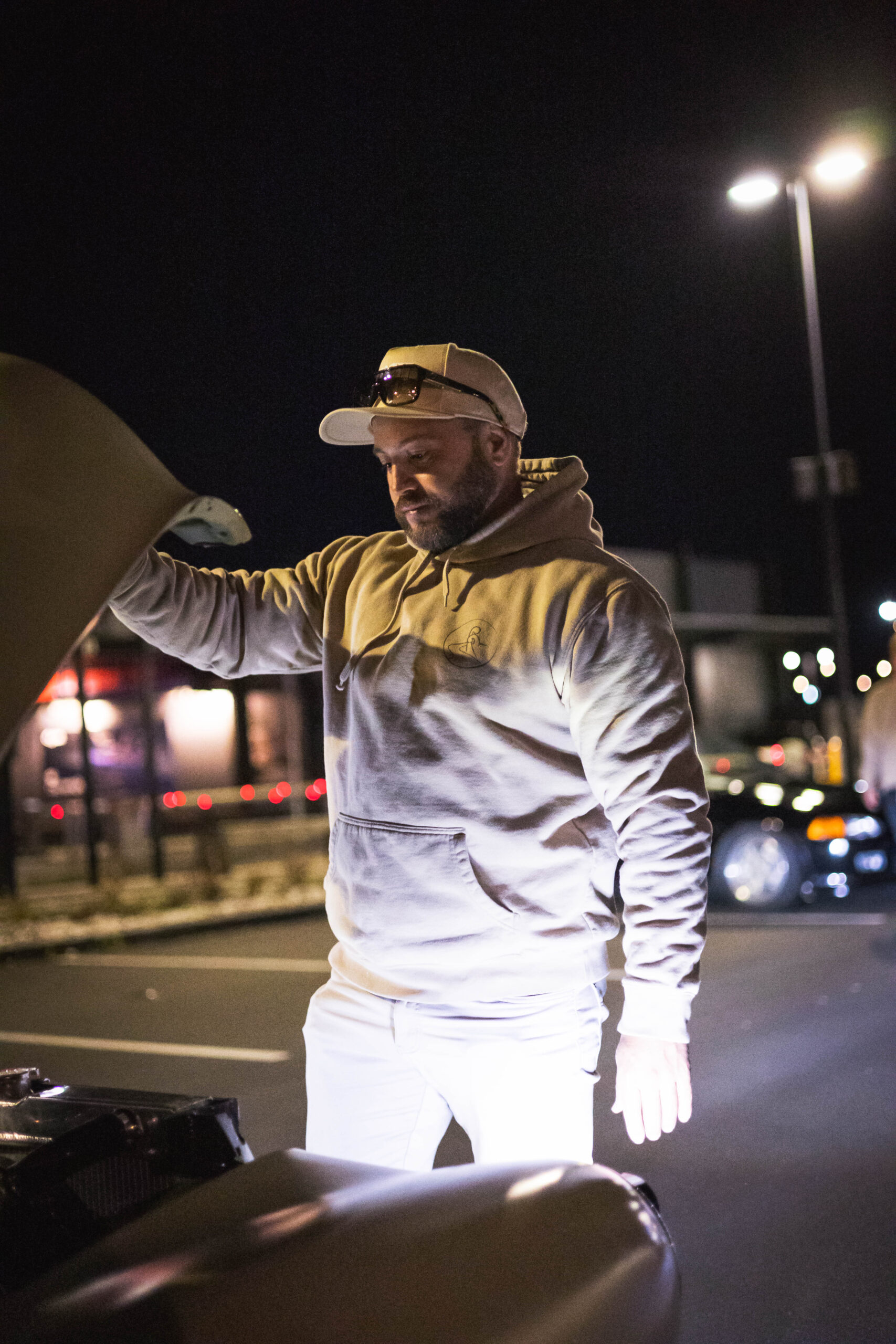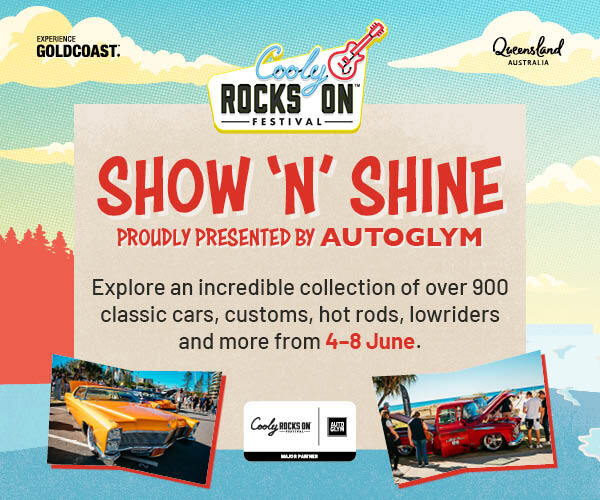Words: Shane Wishnowsky Photos: Adam P Photography
Shannon Te Huia wanted a vehicle to help promote his Blue Blooded American Bully Kennel. The brief was simple: it needed to be tough, it needed to be something everyone would remember, and, most importantly, it needed to be American.
Sitting at home with time to burn during New Zealand’s Covid lockdowns, Shannon started looking online for a suitable vehicle. He found a New Zealand-new ’48 Chevrolet Thriftmaster with the steering wheel on the correct side of the truck for New Zealand’s roads.
The deceased estate truck was originally bought by Corey Jorgensen of CJ Customs with the intention to build a ‘patina truck’. However, Shannon says, “I’m not about that,” and he wanted to take it in a whole different direction. Corey had put a fair bit of work into the truck but decided to put the unfinished project up for sale, and Shannon quickly decided it could be turned into an ideal promotional vehicle for his kennel.
The tricky bit was that Shannon lives towards the top of the North Island and the truck was towards the bottom of the South Island. As the country was still under Covid travel restrictions, travelling south to look at it before money could be exchanged was off the table. Shannon said he had a very tight budget but, as there wasn’t a strong deadline to have the truck operational, he took the punt and bought it sight unseen.
The original plan was for Shannon to do all the work himself, but when the Chev arrived it was blatantly obvious to Shannon that the task would be well out of his league. This came as a bit of a disappointment but he wasn’t going to let it kill the project off before it had even started.
When Shannon got it, the truck was already far from standard so there was zero chance of ruining a classic by going even further with it. The CJ Customs chassis was a mix of boxed original Thriftmaster and Mazda B2000. The Japanese independent front end had been grafted onto the front chassis rails, with a special K-member put in to house the truck’s GM LS1. Out the back, Corey had treated the rear to a monster C-notch to help slam it down in the weeds where it belonged. Everything needed to build a wild-looking truck was there; it just needed to be put back together in the right order with a few custom touches here and there.
The search was now on for someone with the necessary skills to complete the job. A good friend of Shannon’s put him in touch with Hayden and Jess Kirkwood of Jokers Wild Kustoms in Bay of Plenty. Shannon says that at first Hayden was a little hesitant about taking on the build, but once he had sent the photos to the compliance guy, who was happy with what he saw, the build commenced.
Taking on someone else’s build can be a bit of a nightmare.
Shannon says, “We needed to get it driving. It looked the part but it was far from ready for that — nothing worked; no wiring, no exhaust, no front shocks, no air ride management, no steering, nothing! The panels were either rusted out or had deep pits. The cab wasn’t too bad; it just wasn’t mounted.”
Hayden set a deadline for the truck to be finished; the plan was to debut it at AutoFest at Manfeild in September — a tight deadline in the grand scheme of things but nothing that couldn’t be handled with good planning and a lot of hard work.
Over the next five months, the crew at Jokers Wild Kustoms feverishly worked on completing the build. Shannon’s vision was something as low to the ground as possible, so Slam Specialties RE6 bags, along with Monroe short shocks, were mounted up front to ensure that any earthworm within a five-mile radius is in danger of being decapitated whenever the truck moves. The same goes for the rear of the truck, where RE7 bags from the same supplier, along with Holden Commodore shocks and an Airride New Zealand triangulated four-link, make it impossible to squeeze anything between running boards and ground once the air is let out of the system.
Once he had the Falcon back at his business Savage Garage, Dan and his workers took their time inspecting things a little more closely to see exactly what he had bought. It was mostly good news. Body-wise, the car was better than initially thought; a big plus was the fact that the shell hadn’t been bastardised in any way, shape, or form. Nothing had been chopped, altered, or molested — it was just as Henry Ford had intended it to be. Even the guards hadn’t been touched, which is a little bit of a rarity these days, and that appealed to Dan immensely. That aforementioned paint was a bit of a surprise too; aside from some swirls, the 30-year-old paint was flawless, a true testament to the painter. Sending it overseas had been worth it.
Once the rolling chassis was complete — functioning and as low to the ground as humanly possible — it was time to tackle the exterior.
The panels really weren’t flash. Wanting to have some physical input in the build, Shannon tasked himself with the job of making them a hell of a lot better. He took a week off work to smash out the dents, chop out the rust, and fill in the holes. He had chosen at this stage in the build not to do a high-dollar paint job, as the truck was untreated, and there was a high chance it would need to be pulled down again to make tweaks or changes. He put down a sacrificial base coat, just to put some colour on the zinc-treated panels, choosing Corona Cream, which suits the curvaceous nature of the Chevrolet’s lines perfectly.
With the custom Blue Blooded Kennel logos on the doors, it makes for an eye-catching business card. The finishing touch to that standout look was a set of 20×9-inch Diezel D-window steelies wrapped in Falken 235/30R20 rubber.
With chassis and body finished, and the project on track for the intended debut, it was time to attach part A to part B and start ticking all the other small jobs off the very long list.
Soon it was time to fire up the GM LS1 and get all the electrics communicating with each other. Re-Wires NZ was entrusted with the wiring, which included a Haltech Elite 2500 ECU linked with an LS1 premium harness to transmit signals and power to where they should go. Brand-new wiring and LED lights in all four corners along with backlit digital/analogue gauges give this ’40s truck a much more modern vibe. Despite that, the GM 4L60E electronically controlled transmission from the 2002 HSV donor was replaced with a non-electronic 4L60 variant. Connecting this mechanically controlled trans to the Hilux diff is a custom driveshaft, and, if you want to take a closer look at the rear end and what makes it work, the CJ Customs tray floor pops up to expose every nut and bolt used.
With the truck finally finished, Hayden loaded in a base tune before putting it on the dyno to make sure everything was safe for its maiden voyage.
Ten days before AutoFest, the completed truck was handed back to Shannon and he couldn’t have been happier with the result.
“The first time I drove the truck was on the street cruise at AutoFest,” he says. “We are bound to come across some things that don’t work, and parts that need to be cut out or moved. The plan is to drive it all summer, enjoy it, and figure out how I can improve it. The truck should only sit in a workshop in winter.
“It’s good to have something in my shed that I can work on; it’s good to work with my hands and be back on the tools. [Members of] the Bully community across the world are commenting on the truck, and it’s already building my kennel brand.”
If that’s not a good business card, then we don’t know what is!
_______________________________________________________________________________________________________
This article originally appeared in NZV8 issue 212





